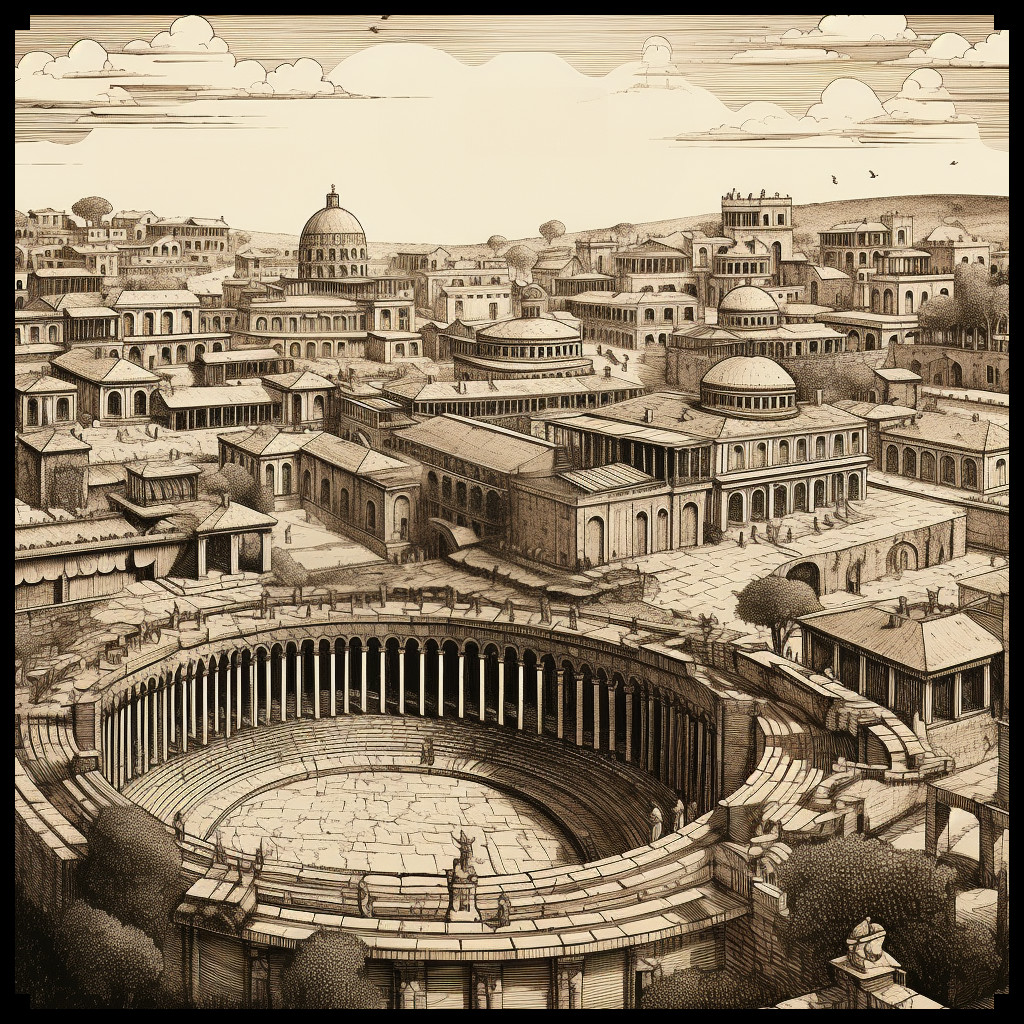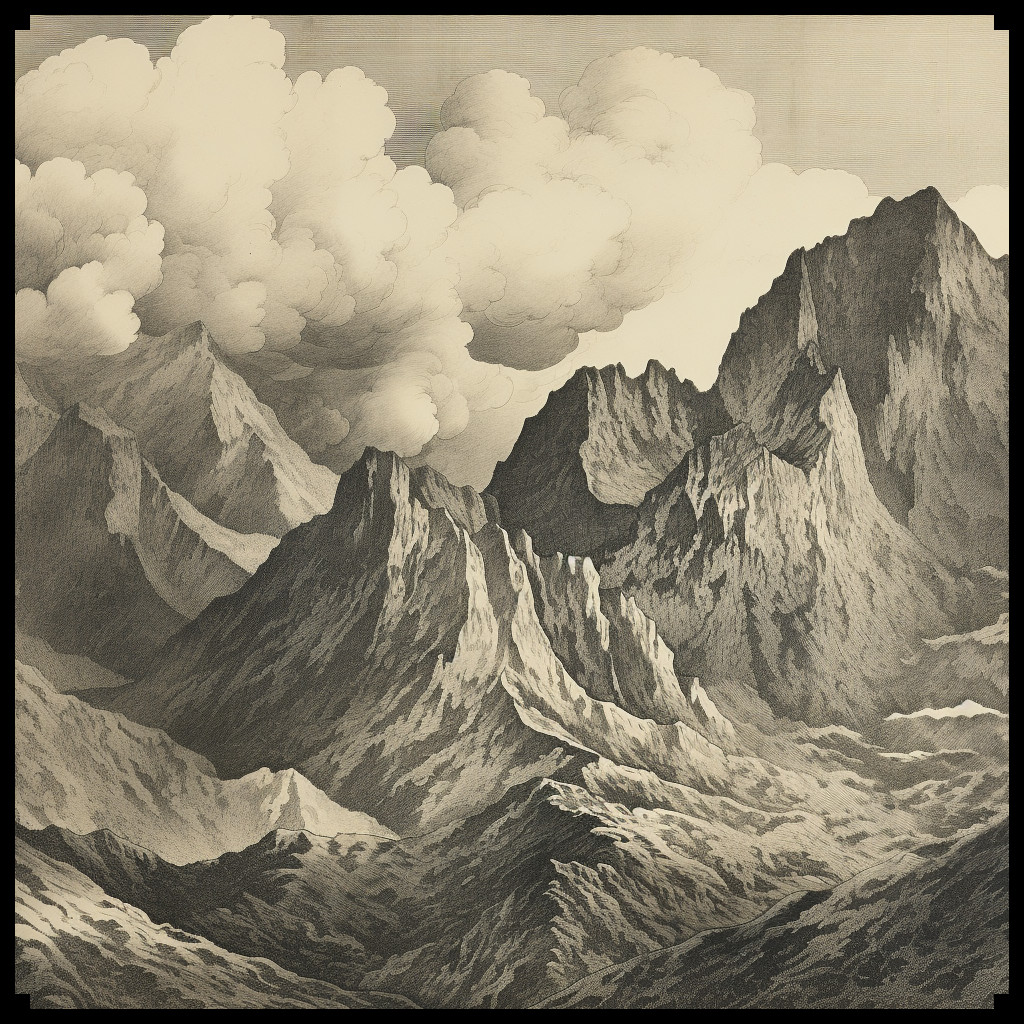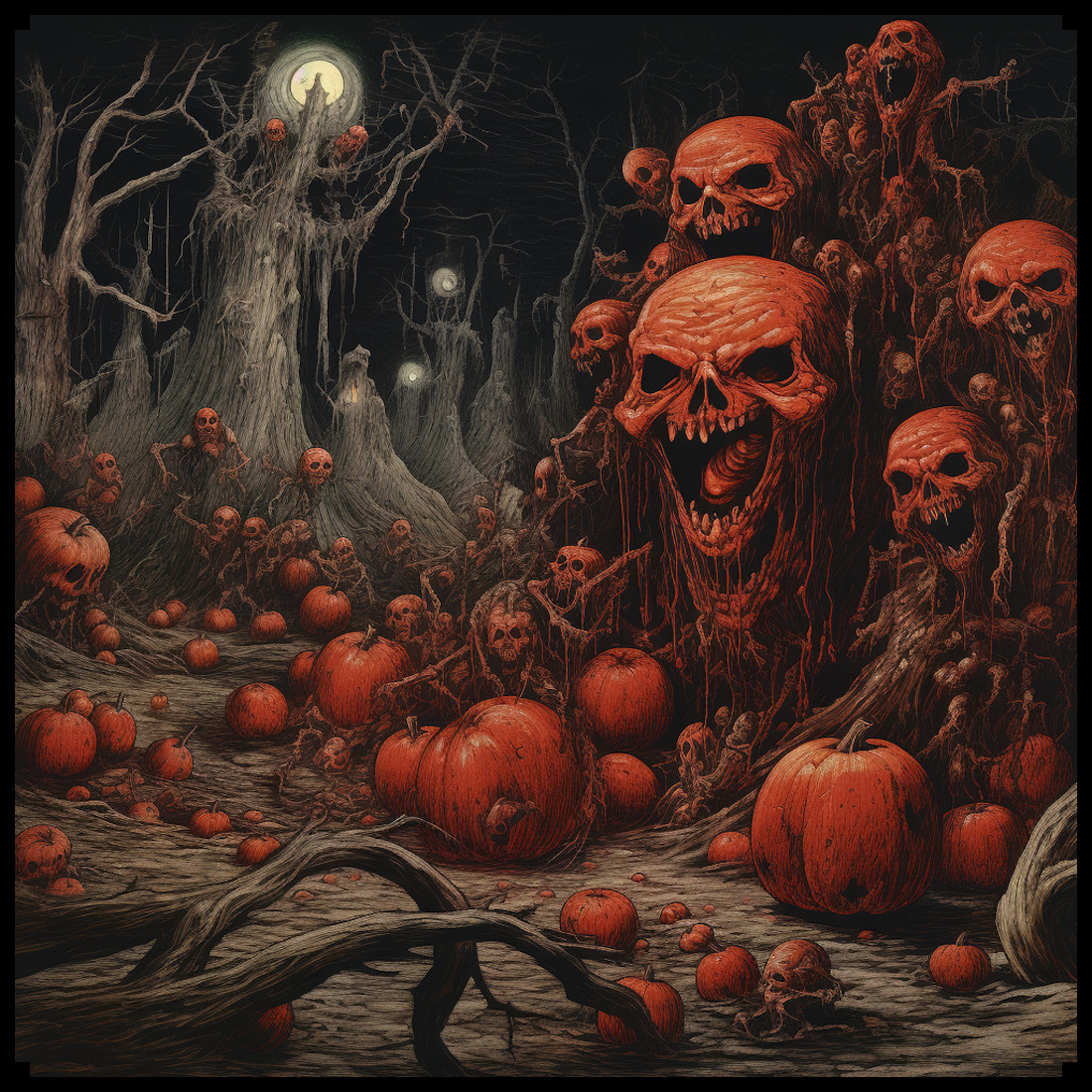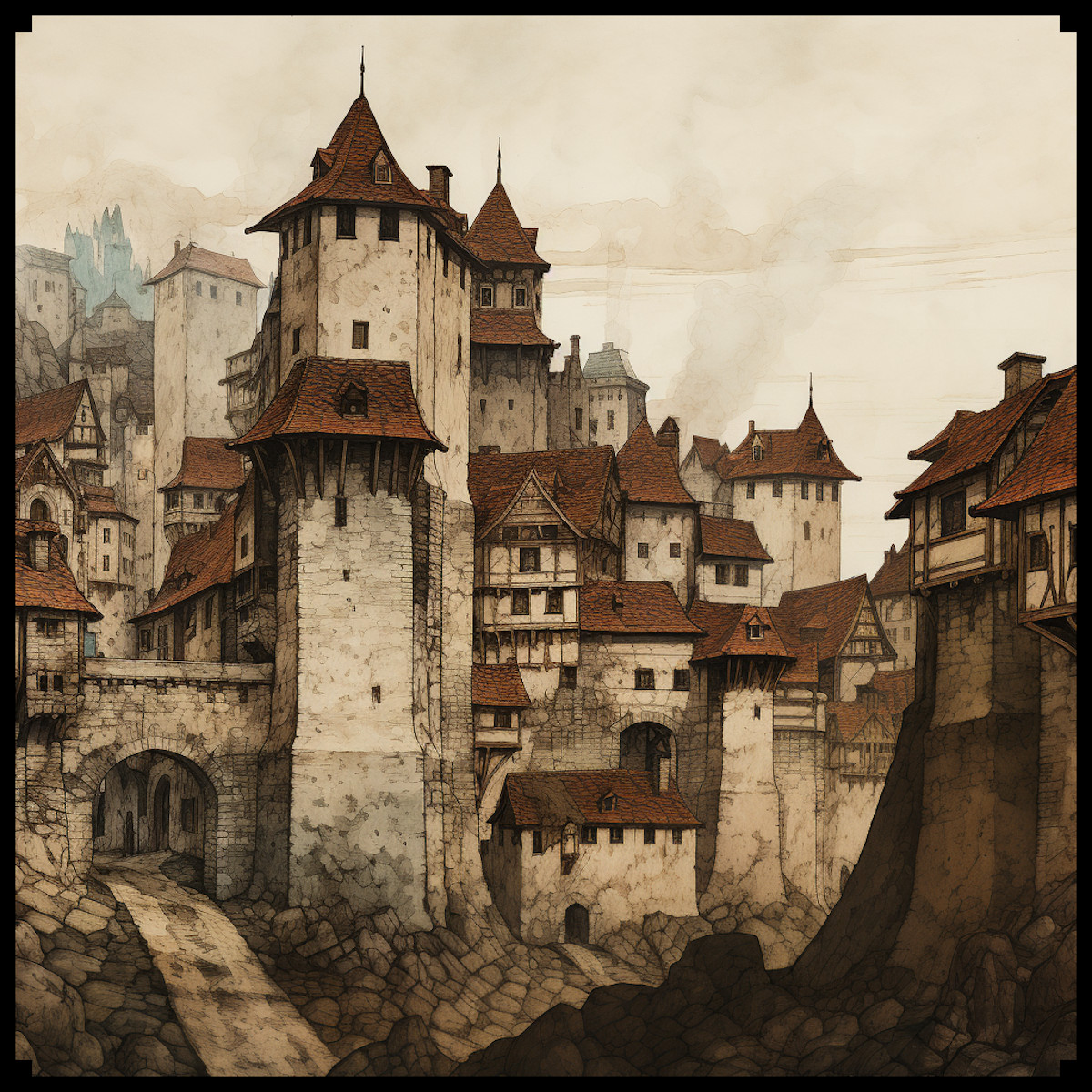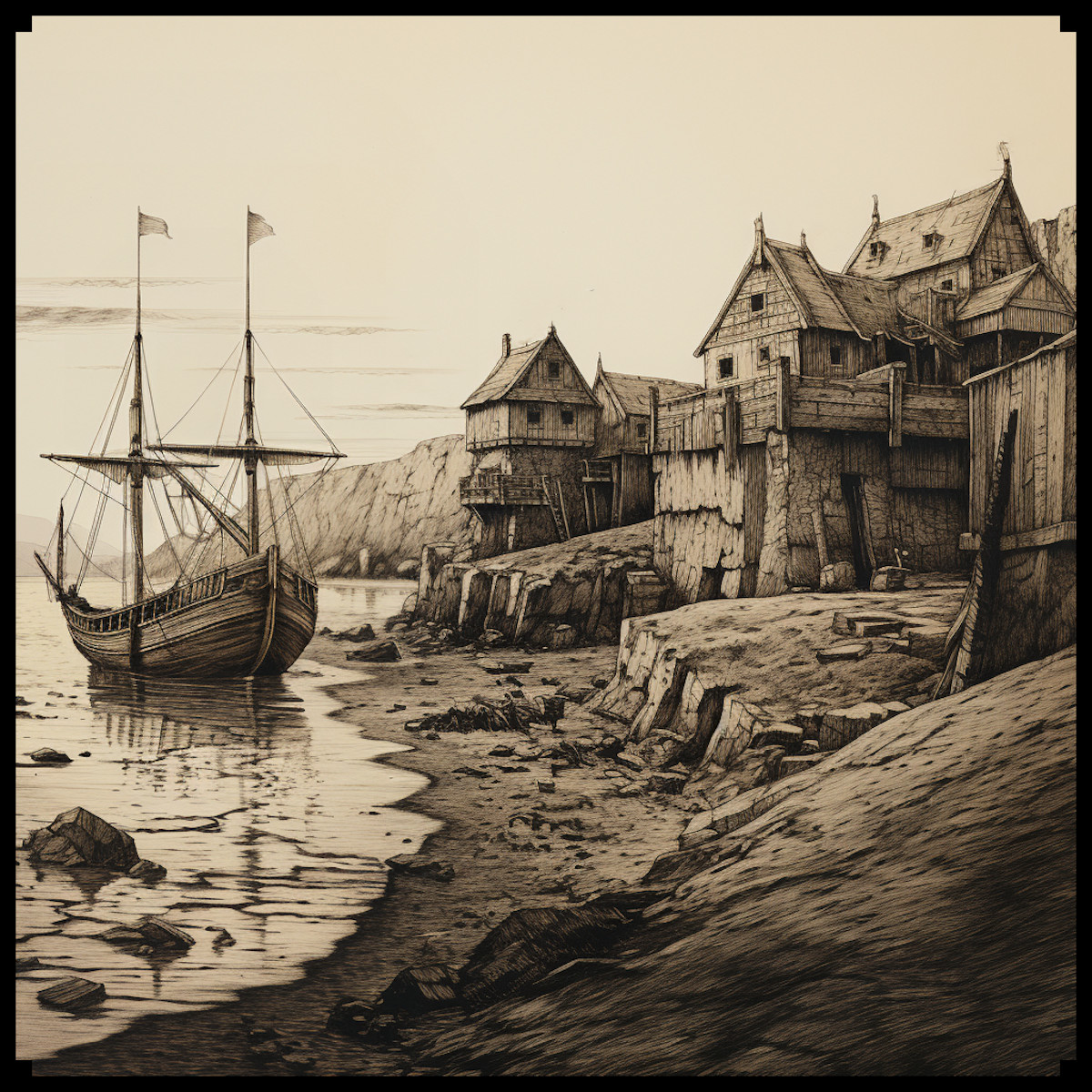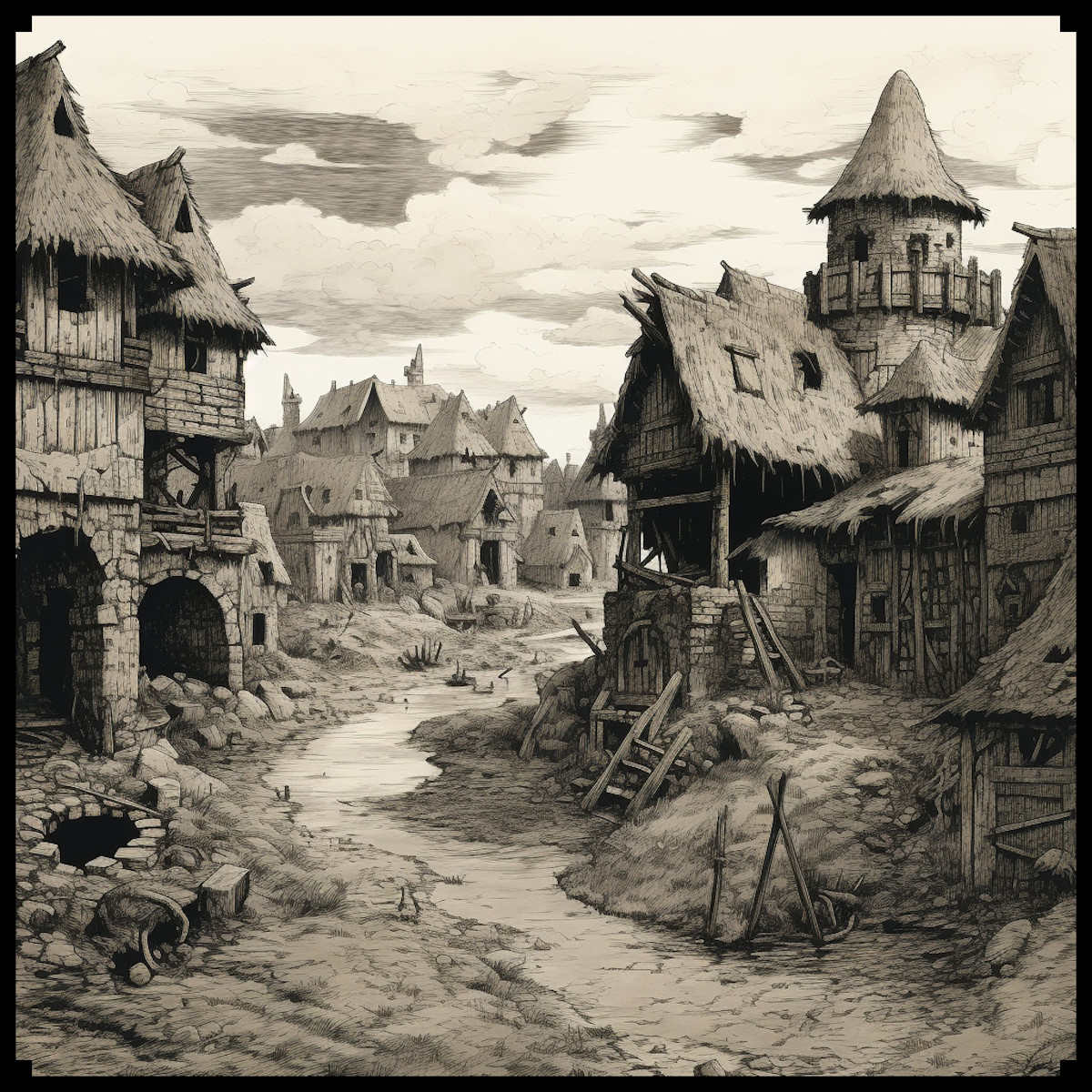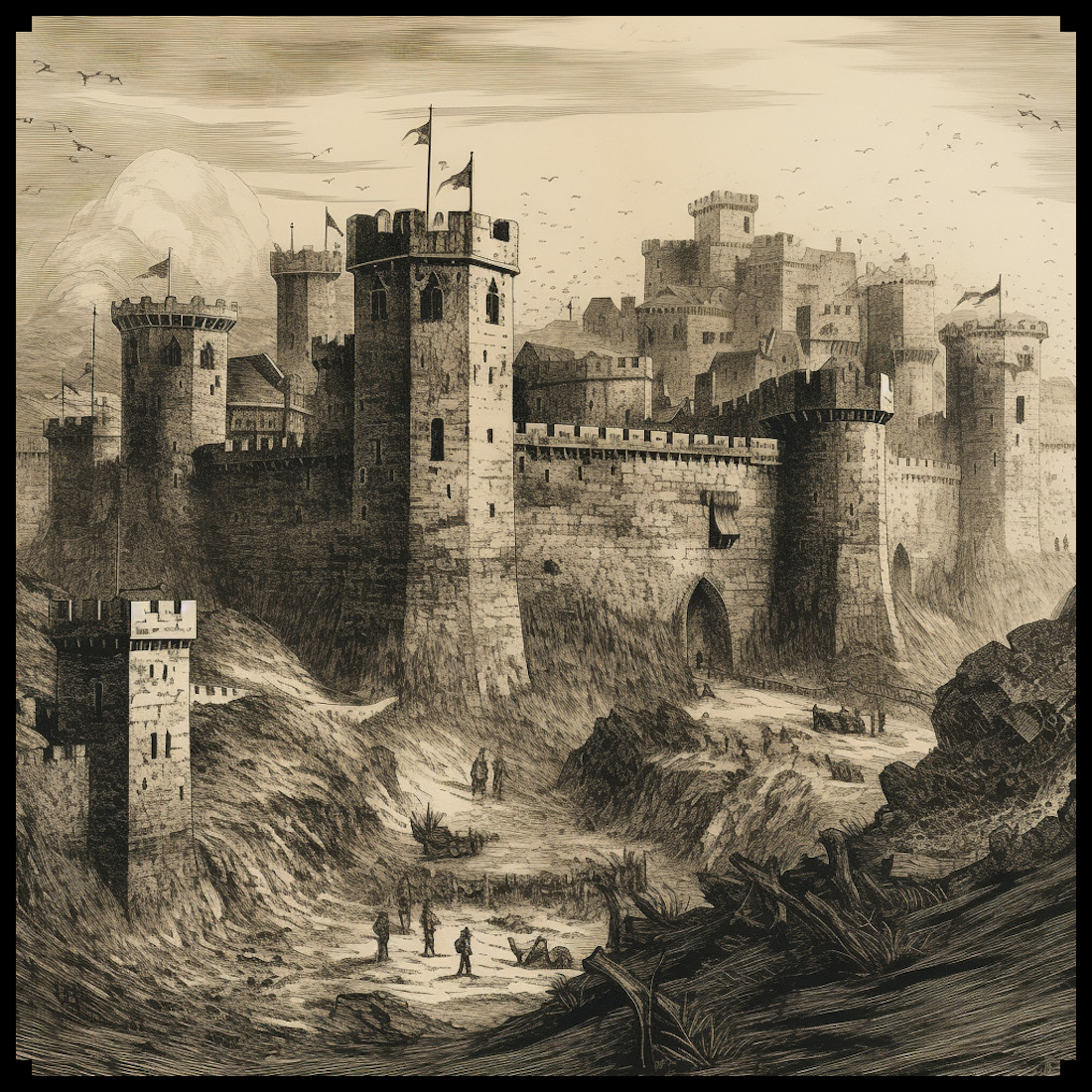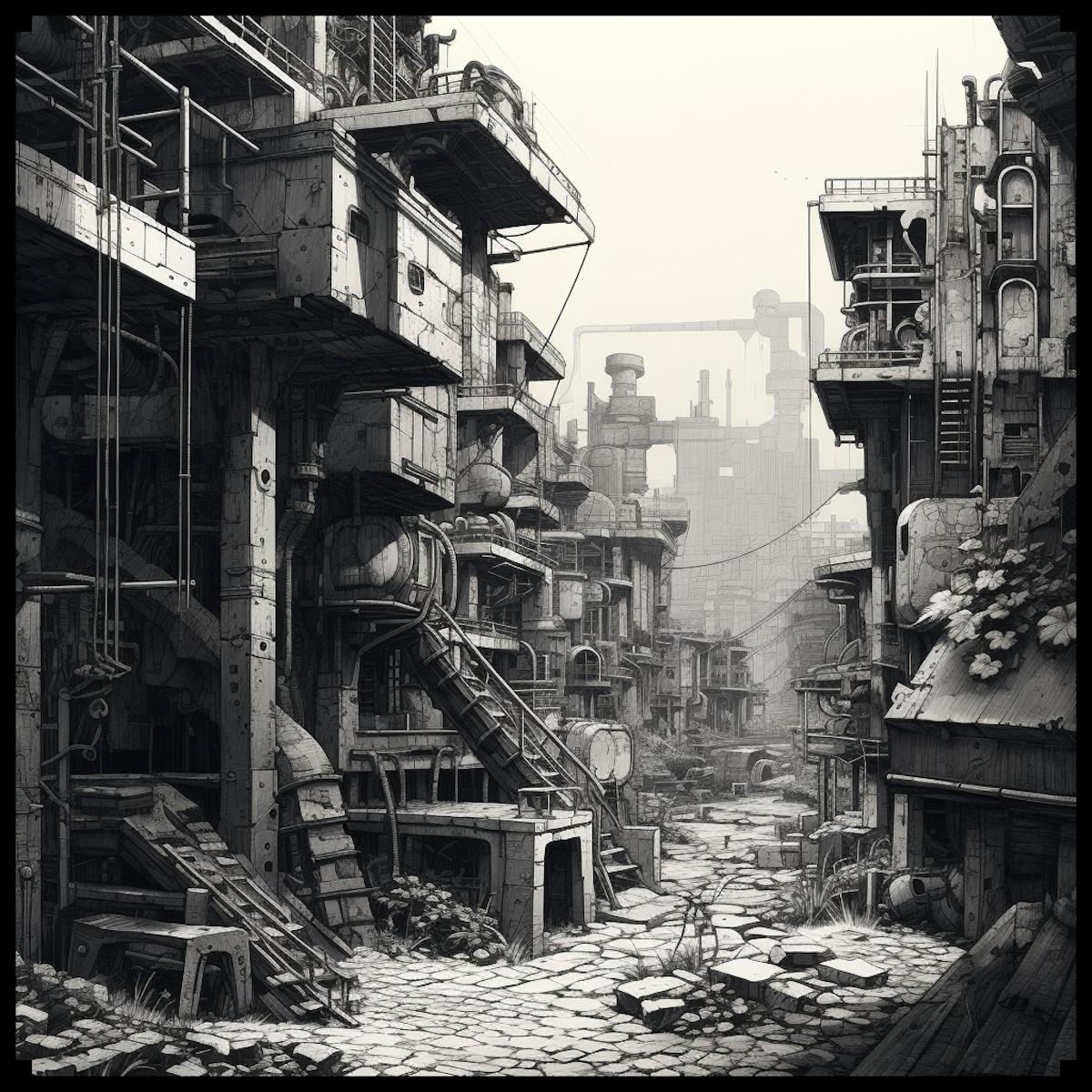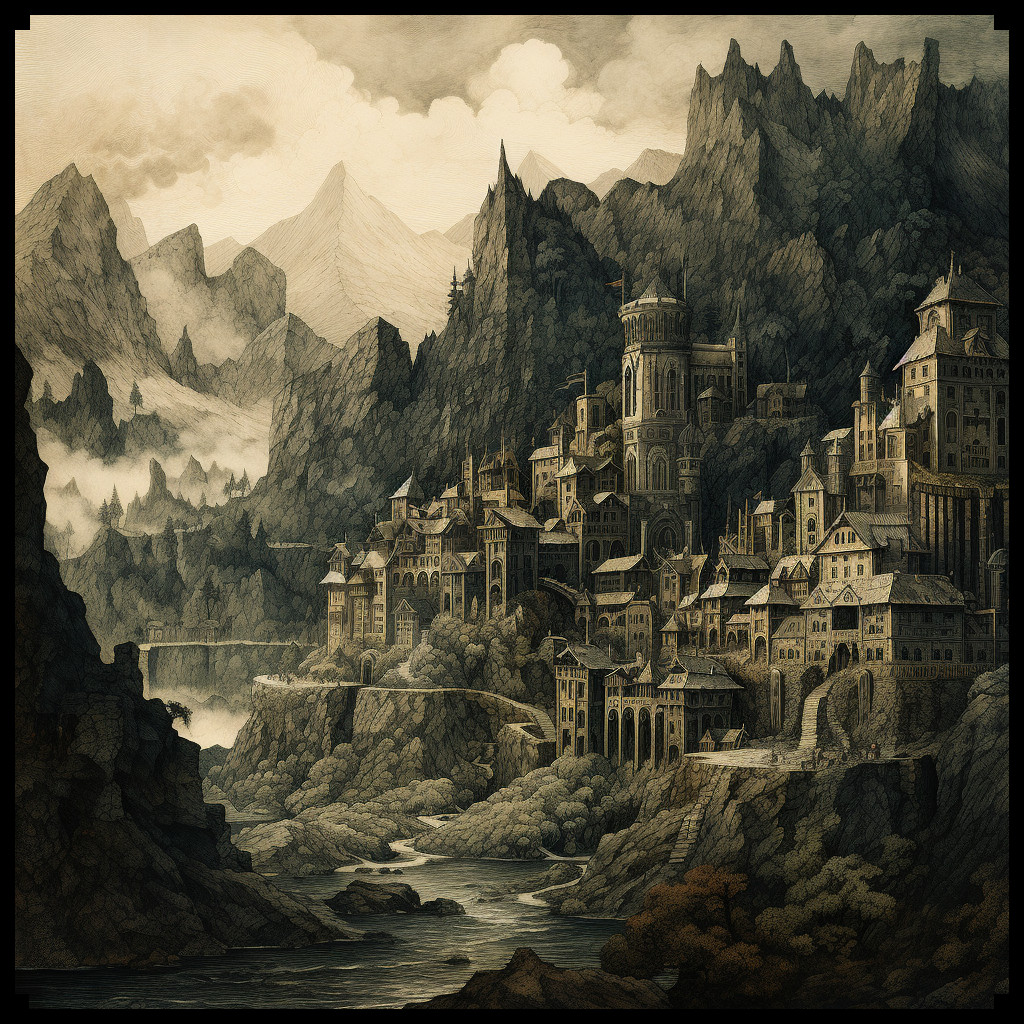
In the mesmerizing realm of fantasy maps, there exists a timeless allure that transcends the boundaries of reality. Among the many elements that captivate the imagination, few are as enchanting as the representations of dwarven towns, settlements, mountainous towns, mining towns, mountainous castles, and dwarven fortresses. These iconic landmarks, deeply entrenched in folklore and mythology, have long held a special place in the hearts of adventurers, world-builders, and map enthusiasts. In this article, we delve into the fascinating historical significance of these unique locations in fantasy maps and the intriguing assets found in the Dwarven & Mountainous Settlements and Towns – Vintage Assets Pack.
BUY AND DOWNLOAD The Dwarven & Mountainous Settlements and Towns – Vintage Assets Pack :
Dwarven Towns and Settlements: A Glimpse into Dwarven Culture
Dwarves, known for their craftsmanship and affinity for stone, have left an indelible mark on the world of fantasy maps. Dwarven towns and settlements, as depicted in these maps, are a testament to their architectural prowess. These small, hidden gems are often nestled deep within the mountains, hidden away from the prying eyes of outsiders. Dwarves carve their homes directly into the rocky terrain, creating a harmonious fusion of nature and craftsmanship. The Dwarven & Mountainous Settlements and Towns assets pack offers a myriad of options to create your own dwarven havens, complete with intricate detailing that captures the essence of these unique communities.
One such example is the legendary Dwarven city of Khazad-Dûm from J.R.R. Tolkien’s Middle-earth. This sprawling underground city, also known as Moria, is a masterpiece of dwarven architecture, with massive halls, intricate carvings, and a deep connection to the rock it was built within. It serves as a prime example of the awe-inspiring possibilities that the Dwarven & Mountainous Settlements and Towns pack offers.
Mountainous Towns and Mining Settlements: A Rich Tapestry of Resources
Mountainous towns and mining settlements are integral components of the fantasy world, serving as hubs of industry and resource extraction. They are often characterized by their reliance on the mountains for precious minerals and ores, and they frequently possess a distinct rugged charm.
An iconic example is the Lonely Mountain, Erebor, from The Hobbit by J.R.R. Tolkien. This vast dwarven kingdom was founded within a single enormous peak, and its halls were adorned with riches beyond imagination. The story of Erebor exemplifies the allure of mountainous towns and mining settlements in the world of fantasy, emphasizing their potential for both grandeur and peril.
The Dwarven & Mountainous Settlements and Towns assets pack provides an assortment of elements to construct your own mountain-based communities, each echoing the themes of resource extraction, hard work, and a deep connection to the earth.
Mountainous Castles, Dwarven Fortresses, and More: A Defensible Legacy
Mountainous castles and dwarven fortresses are symbols of strength and resilience. These imposing structures are often nestled high in the mountains, providing an impregnable defense against would-be invaders.
An excellent example of such a fortress is the Helm’s Deep from Tolkien’s The Two Towers. Although not dwarven, it showcases the architectural marvel of a mountain fortress. Its impervious stone walls and deep trenches highlight the strategic advantages of such structures in times of conflict. The Dwarven & Mountainous Settlements and Towns pack includes assets to craft mountainous castles and dwarven fortresses that evoke this sense of security and history.
The Unique Architecture of Dwarven Buildings: A Bond with Stone and Mountains
Dwarven architecture is a fascinating blend of craftsmanship and an inherent connection to the rocky environment. Dwarves are known for their skills in stone masonry, and their buildings often feature intricate carvings, sturdy stone structures, and an unmatched durability. Dwarven communities take advantage of the natural contours of the mountains, resulting in cities that seamlessly integrate with the surrounding rock.
With the Dwarven & Mountainous Settlements and Towns assets pack, you can infuse your fantasy maps with this unique architectural style, allowing you to create a world that pays homage to the dwarven craftsmanship and their profound bond with the mountains.
In conclusion, the Dwarven & Mountainous Settlements and Towns – Vintage Assets Pack invites map creators and world-builders to explore the rich history and cultural significance of dwarven and mountainous settings in fantasy maps. These assets offer an opportunity to weave tales of craftsmanship, resilience, and a deep connection to the earth in your imaginative worlds. With these meticulously crafted assets, your maps will truly come to life, immersing both creators and viewers in the enchanting realm of dwarven towns, mountainous settlements, and ancient fortresses.

